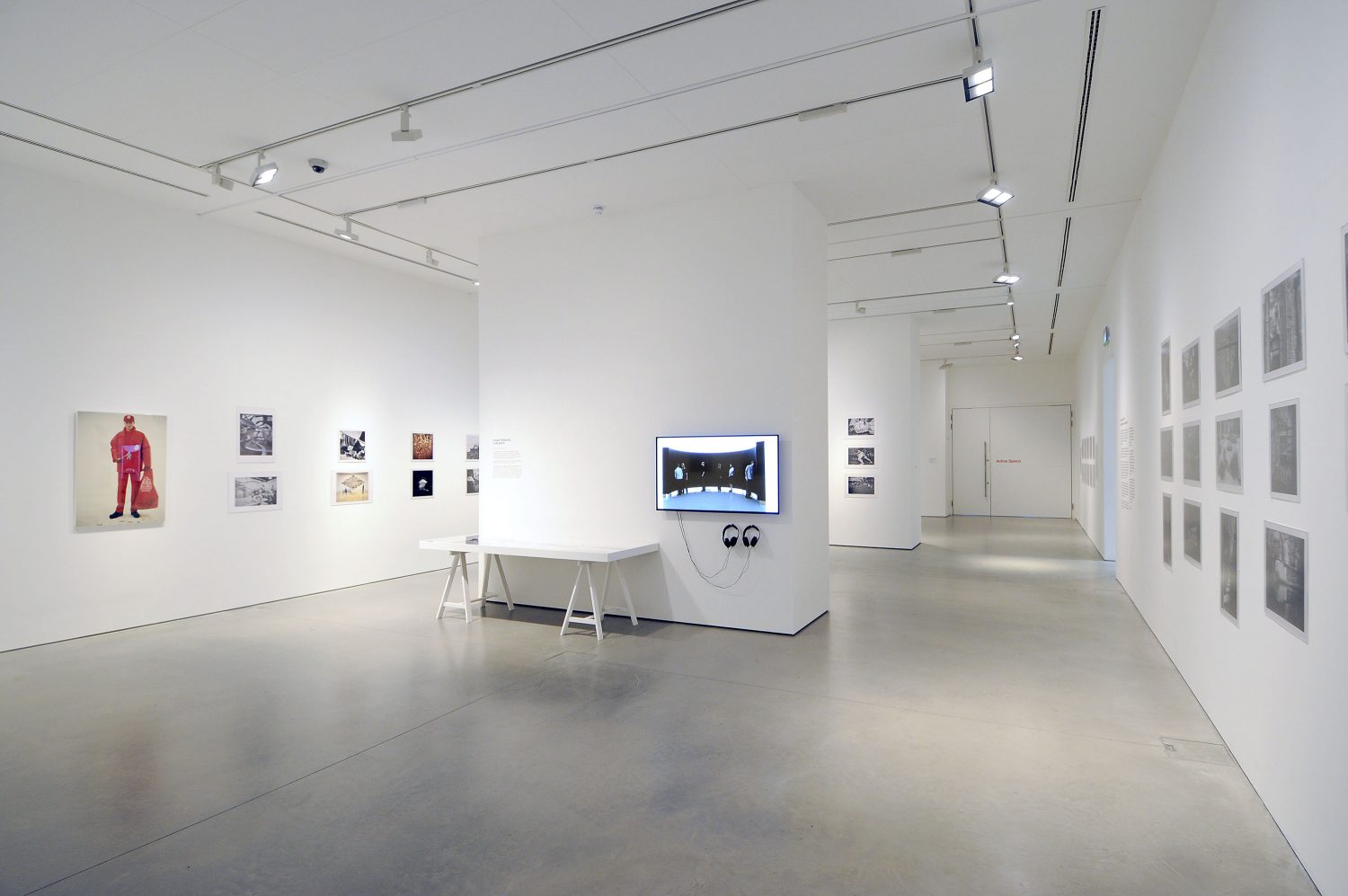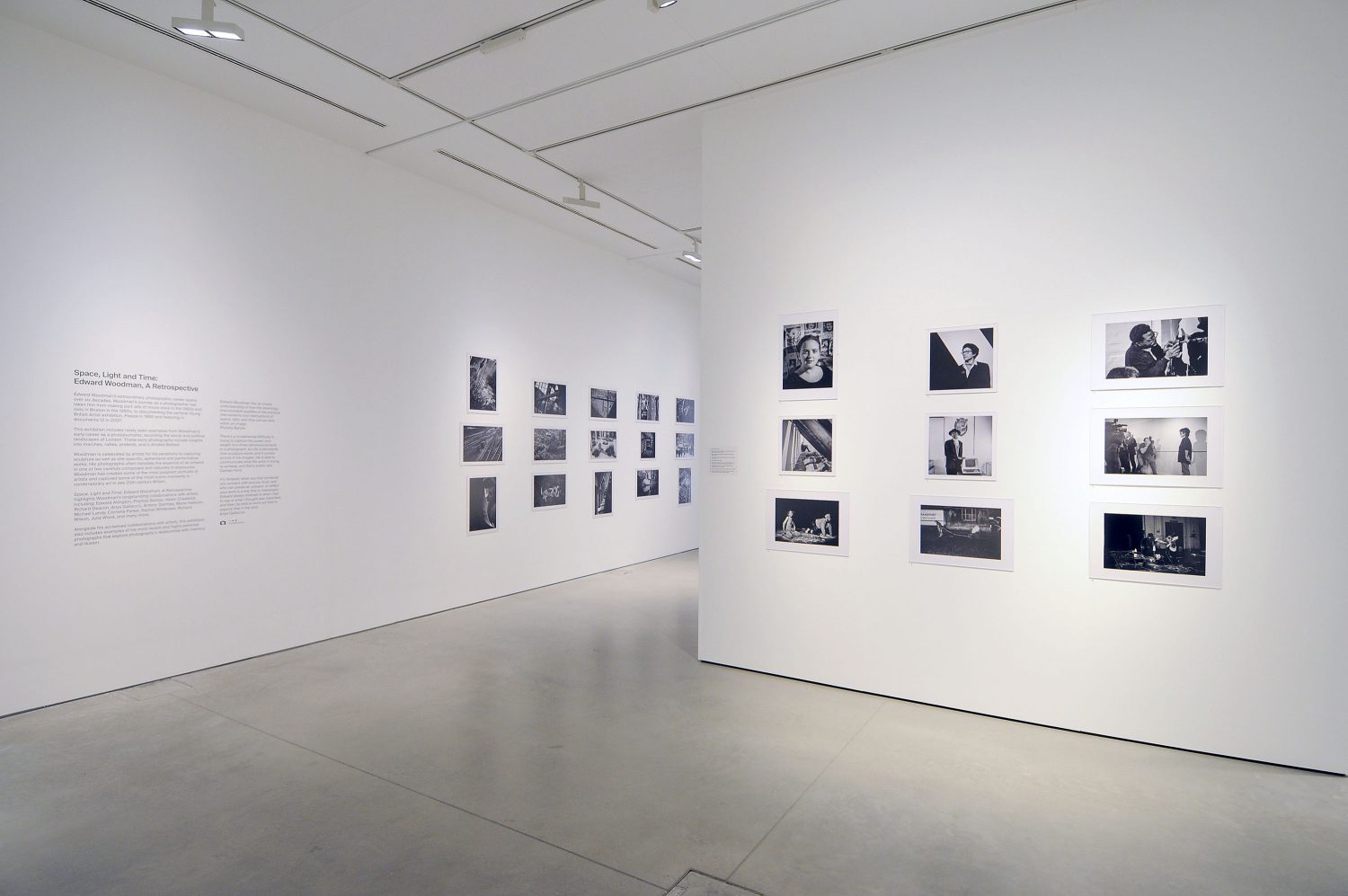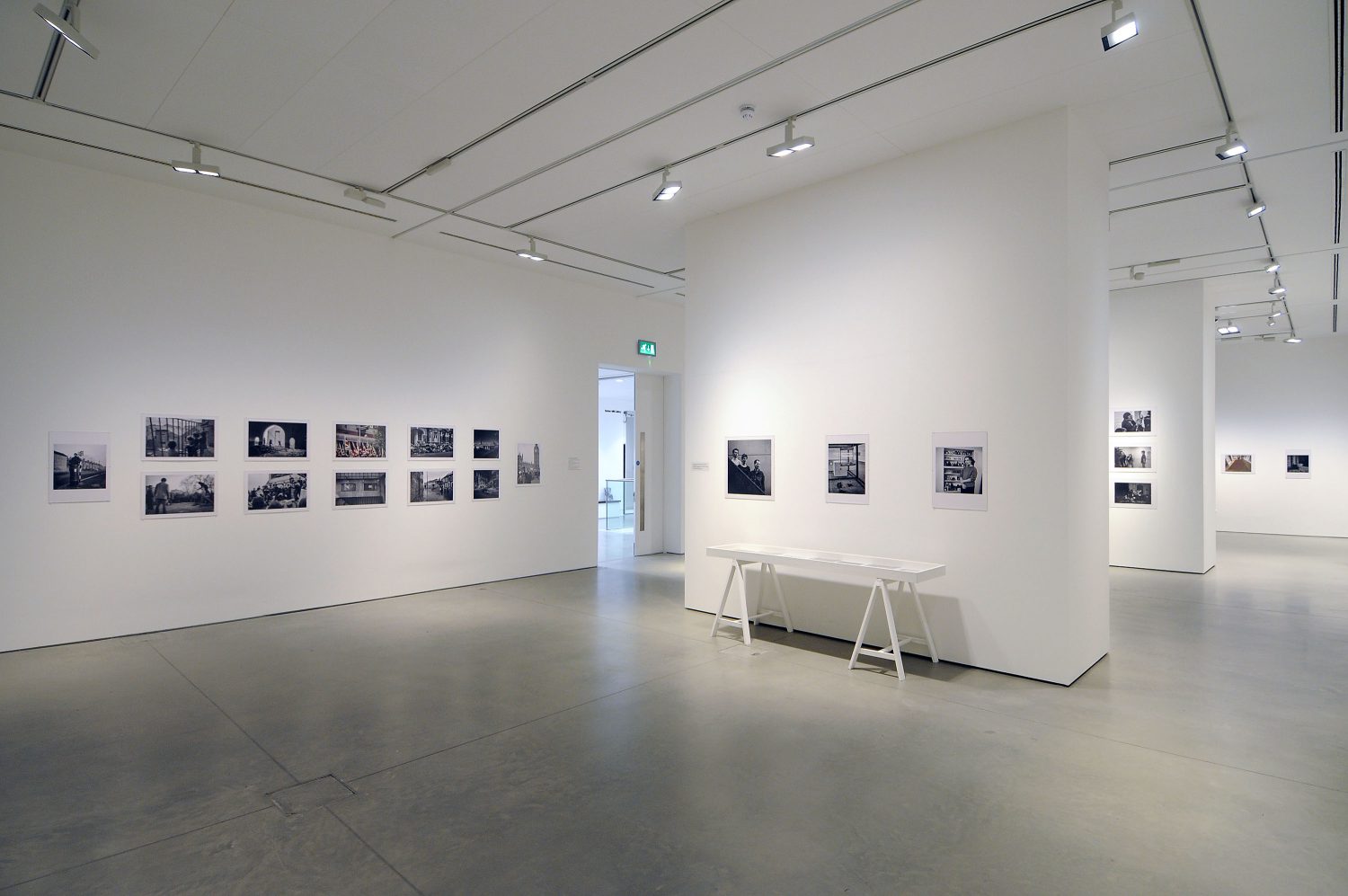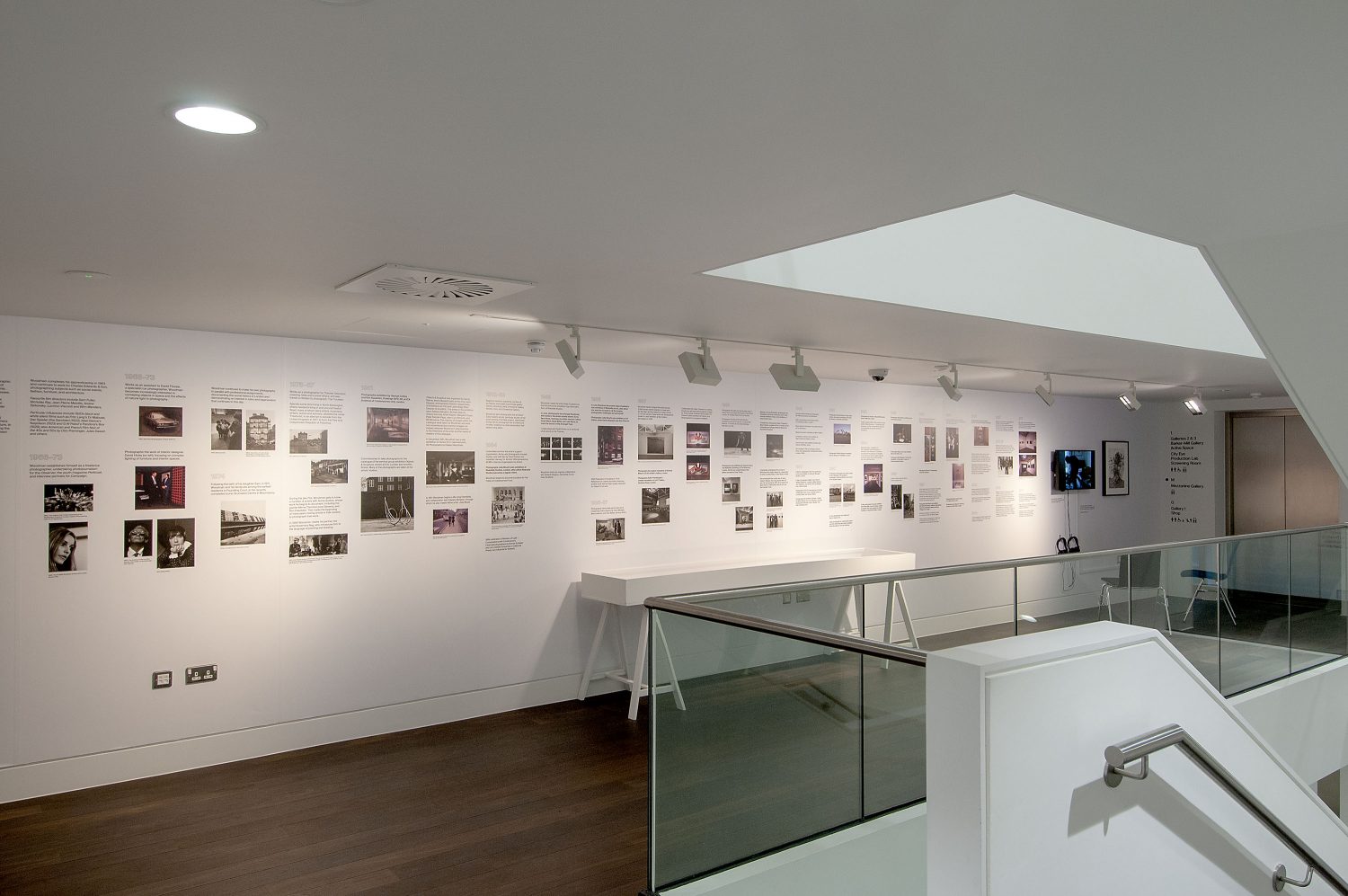Edward Woodman (b. 1943) is one of the foremost photographers in the history of British contemporary art. During the 1980s and 1990s Woodman created some of the most iconic portraits of artists and captured many of the legendary exhibitions in Britain.
His photographs have become the enduring and recognisable images of some of the most important artworks of the late twentieth century. This exhibition is the first retrospective that spans Woodman’s professional photographic practice and celebrates his remarkable career.
Space, Light and Time: Edward Woodman, A Retrospective highlights Woodman’s sensitive documentation of works and longstanding creative relationships with artists including: Edward Allington, Phyllida Barlow, Helen Chadwick, Richard Deacon, Anya Gallaccio, Antony Gormley, Mona Hatoum, Michael Landy, Cornelia Parker, Rachel Whiteread, Richard Wilson, Julia Wood, and many more. Alongside these acclaimed beautiful and distinctive images, the exhibition also includes rarely seen examples from Woodman’s early career as a photojournalist up to his more recent and highly personal photographs that explore photography’s relationship with memory and illusion.
To correspond with the exhibition, Anya Gallaccio has recreated her ephemeral installation All the rest is silence specifically for John Hansard Gallery. All the rest is silence was originally commissioned by Sadler’s Wells, London, and photographed by Edward Woodman in 1999.
In partnership with Art360 Foundation and to coincide with the exhibition, we will host The Documentation of Contemporary British Art in Transition. The symposium will explore radical shifts in the documentation of British contemporary art towards the end of the 20th century. The symposium will take place on 18 January 2019 at Southampton City Art Gallery, Lecture Theatre.
Space, Light and Time: Edward Woodman, A Retrospective has been curated and organised in association with Art360 Foundation and with curatorial advisor Judy Adam.
Throughout his career Edward Woodman has developed many longstanding collaborations and enduring friendships with artists, some of whom he has worked with for over 30 years.
Richard Wilson’s space-bending sculptures are seemingly inseparable from their site and the viewer’s experience of the artwork. Wilson’s 20:50 (1987) and She Came in Through the Bathroom Window (1989) are two of the most iconic artworks from the 1980s. Edward Woodman’s bird’s-eye photographs have become the defining images of many of Wilson’s artworks, translating the experience beyond the confines of the exhibition.
Woodman first met Helen Chadwick in 1985 while photographing her installation Ego Geometria Sum at Riverside Studios, London. Their friendship and collaborations blossomed from there. They worked together in her studio in Beck Road to create some of her most extraordinary photographic series. Woodman worked closely with her until her untimely death in 1996, capturing some of the most intimate portraits of Chadwick behind the scenes and during her working process.
Woodman forged a friendship with Edward Allington during an assignment to photograph Objects & Sculpture at the Institute of Contemporary Art, London in 1981. Woodman went on to record Allington’s formative exhibitions, capturing him at work in the studio, and creating portraits that only a friend could take. Their collaborative photographic travelogue, Decorative Forms Over the World, takes Allington’s motif of a baroque scroll on holiday.
Woodman first met Cornelia Parker while photographing the making of Thirty Pieces of Silver in 1988. He recorded both the fleeting production process and the subsequent installations of the crushed artefacts. For Parker, these photographs remain the definitive images that represent and communicate her project. His iconic images have often captured the moment of destruction and production of Parker’s artworks.




